 Homelessness is a major issue that almost all countries face around the world. There are many explanations for high rates of homelessness, such as mental health, addiction, unemployment, previous imprisonment and more. However, Jordan presents some of the lowest rates of homelessness across the entire world. In fact, homelessness in Jordan ceases to exist.
Homelessness is a major issue that almost all countries face around the world. There are many explanations for high rates of homelessness, such as mental health, addiction, unemployment, previous imprisonment and more. However, Jordan presents some of the lowest rates of homelessness across the entire world. In fact, homelessness in Jordan ceases to exist.
In 2017, the Ministry of Social Development in Jordan only reported sixteen cases of homelessness from 2000-2017. The vast majority of these cases (15/16) were accredited to mental health problems, and the sixteenth case consisted of a man who was unemployed and had recently lost his family.
Additionally, all sixteen of these individuals were taken care of and are no longer homeless. The Ministry of Social Development worked to place these citizens in mental health facilities or reconnect them with family members who can help them.
Reasons Why Jordan Has Low Rate of Homelessness
One of the main explanations for a low rate of homelessness in Jordan is its collectivist, tribal culture. A study conducted by Joshua Ahearn reveals that the Jordanian government is not responsible for solving issues of homelessness and instead, homelessness is remedied by family and community members.
Ahearn discusses how Jordanian tribal culture prioritizes taking care of family and members of a neighborhood regardless of an individual’s situation. For example, community members place shame on families who struggle with addiction. As a result, families take it upon themselves to help their own who may be struggling and bring them out of homelessness. Communities, or “tribal members” as Ahearn calls them are rather large so there are always people with resources that are willing to help.
How Jordanians View Homeless Individuals
Additionally, Ahearn created a survey in order to observe how citizens treat homeless people in their neighborhood, another part of Jordan, or even a non-Jordanian homeless citizen. This study showed that the vast majority of people take action rather than just passing by a struggling individual.
For instance, the findings explained that when approaching a homeless person in their neighborhood, citizens are “extremely likely to give money or engage in other actions such as informing the public or inviting them into their home.” Furthermore, for citizens outside of their community or non-Jordanian citizens, people are more likely to call a social service organization to get help or assistance. The Ministry of Social Development is the main organization that directly helps these individuals escape homelessness rather quickly, largely by contacting family members or a mental health facility.
Impact of Collectivist Culture on Homelessness Rates
Overall, homelessness in Jordan does not exist consistently. The main reason for the lack of homelessness can be traced to the strong tribal and community ties that are present throughout Jordan. Citizens work together to eradicate all causes of homelessness and as a result, the government does not need to combat homelessness with structural programs; in fact, government interference and other organizations have “no impact” on homelessness rates.
This approach would be rather difficult to implement in other countries since Jordan’s lack of homelessness is rooted in cultural values and community which could clash with existing values and priorities of other countries. In particular, a study conducted in the United States and South Korea compared the impact of a collectivist (South Korea) and individualist (United States) culture on homelessness. This study revealed that South Korea’s collectivist culture instilled a reliance on peers and family members for overcoming homelessness and strategies for helping themselves. Contrarily, United States citizens utilized social services and other organizations more than friends and family.
As a result, collectivist cultures, such as Africa and Asia, can learn from Jordan and South Korea when working to reduce their homeless populations. While all collectivist cultures may not be identical to Jordan in their lack of homelessness, investing in and encouraging neighborhoods and communities to help their own can yield positive results and less homelessness.
How Adopting a Jordanian Approach to Homelessness Can Help
Furthermore, many governments still have a Ministry of Social Development or an organization like it that can provide more services to those who require additional resources. Therefore, if governments and NGOs want and need to become involved in reducing homelessness, increasing support to these organizations can be beneficial. Then, governments can encourage reaching out to service groups like the Ministry of Social Development when they see a neighbor or friend in need if they do not have the ability to care for the homeless on their own.
This strategy can also be utilized by more individual, “Western cultures” like the United States. It is unlikely that the approach to homelessness in Jordan would carry over into these cultures. Instead, individualist countries can pump money and resources into their version of the Ministry and Social Development and teach citizens to request aid when they come across a homeless citizen. However, this approach would require breaking the stigma associated with homelessness and the “laziness” that many individualist cultures attribute to this way of life. But the Jordanian method can be altered to fit the needs of each culture in order to see a decrease in homelessness.
– Sophia McWilliams
Photo: Pixabay
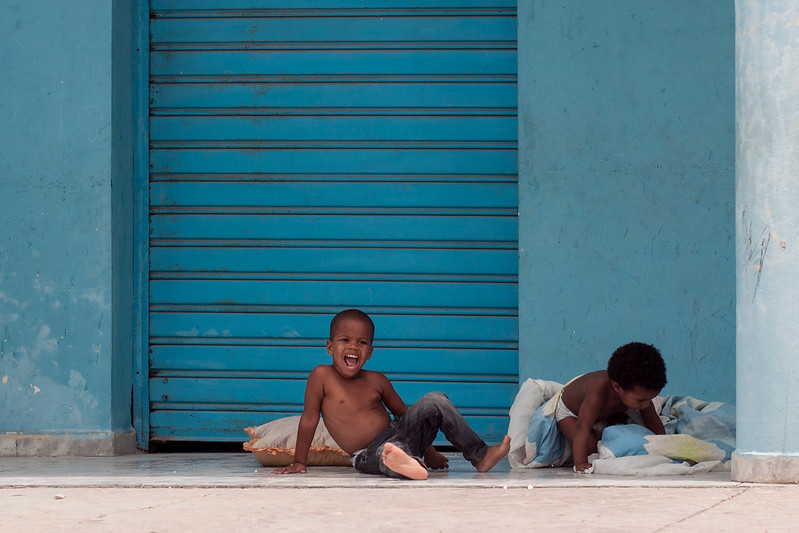
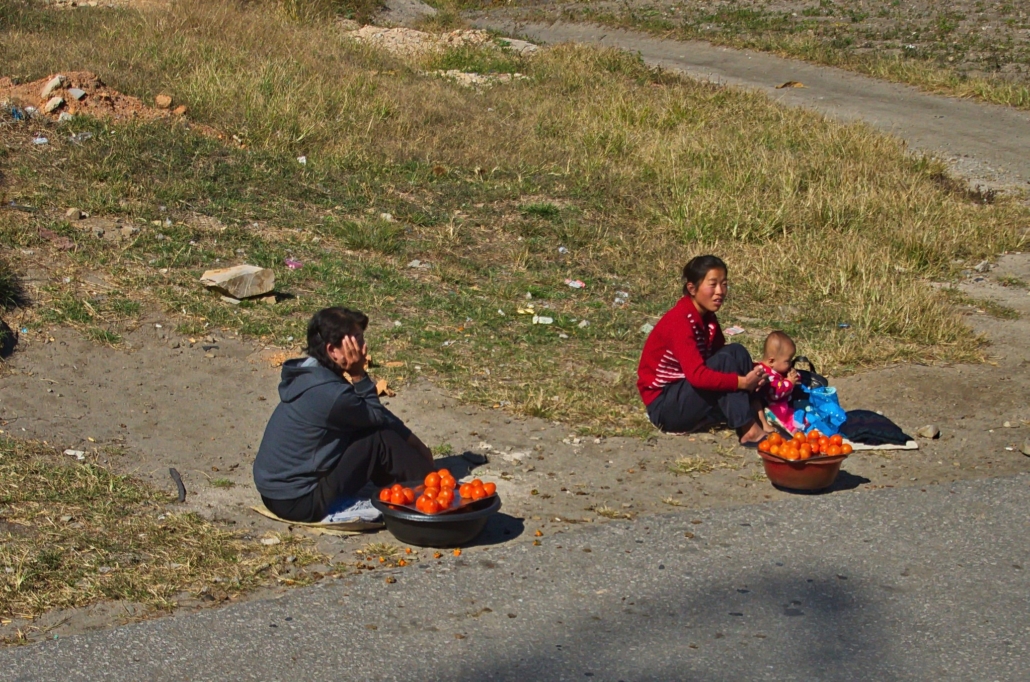
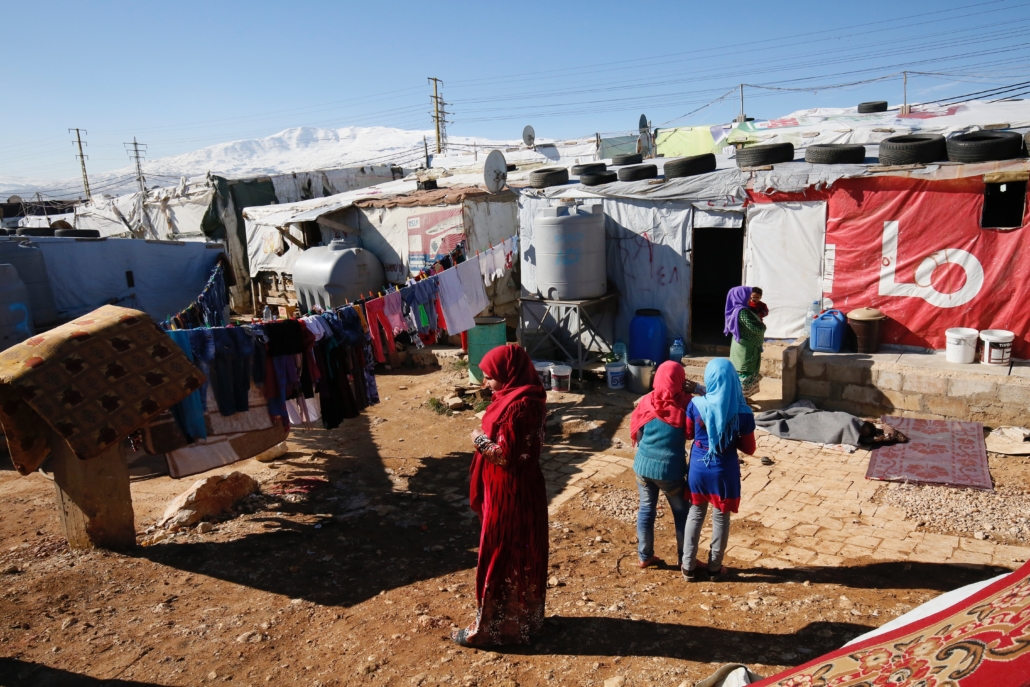
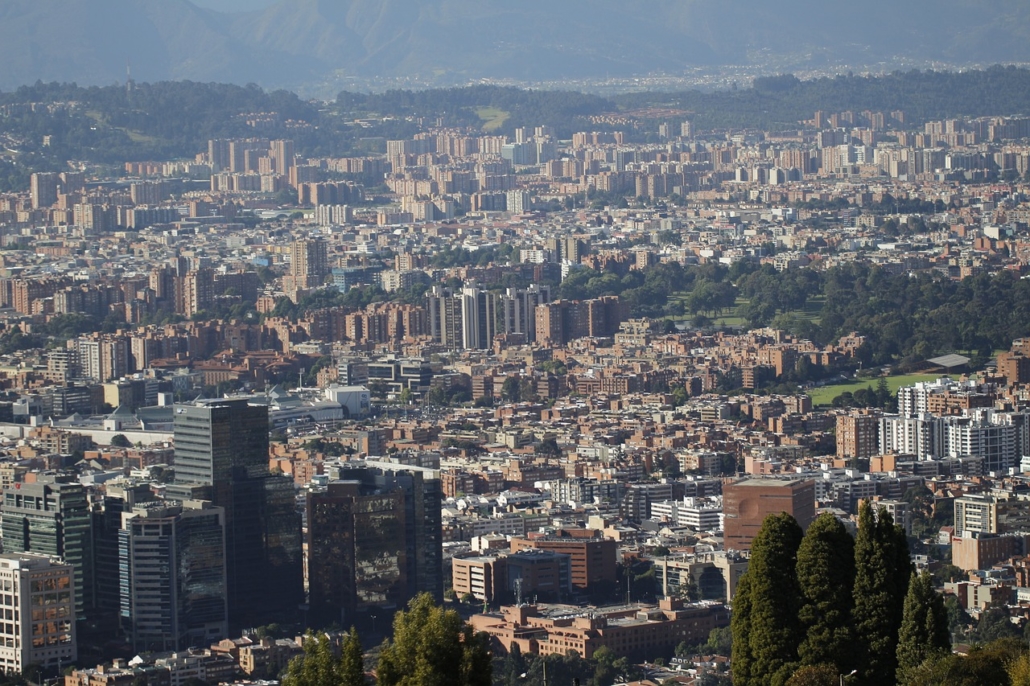 Colombia, a country in the north-central region of South America, sits in an ideal position to expand both its economy and the wellbeing of its citizens. As one of South America’s premier exporters of a wide array of goods, including energy and cut flowers, the country has a relatively favorable economic outlook. However, this country, of just under 50 million people, faces serious economic hurdles as well. Rampant poverty hampers the lower classes, limiting Colombia’s ability to develop and industrialize.
Colombia, a country in the north-central region of South America, sits in an ideal position to expand both its economy and the wellbeing of its citizens. As one of South America’s premier exporters of a wide array of goods, including energy and cut flowers, the country has a relatively favorable economic outlook. However, this country, of just under 50 million people, faces serious economic hurdles as well. Rampant poverty hampers the lower classes, limiting Colombia’s ability to develop and industrialize.
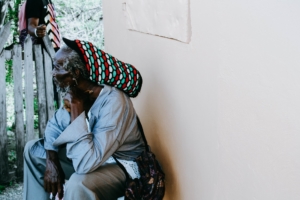 While Jamaica is known for attracting visitors to its luxurious resorts and reef-lined beaches, not everything on the island is paradise. In fact, its homeless population has gained attention, with over 2,000 people currently residing on the streets. Here are six facts about homelessness in Jamaica.
While Jamaica is known for attracting visitors to its luxurious resorts and reef-lined beaches, not everything on the island is paradise. In fact, its homeless population has gained attention, with over 2,000 people currently residing on the streets. Here are six facts about homelessness in Jamaica.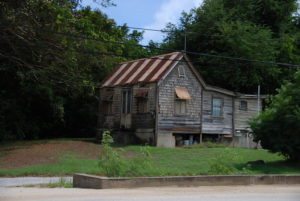
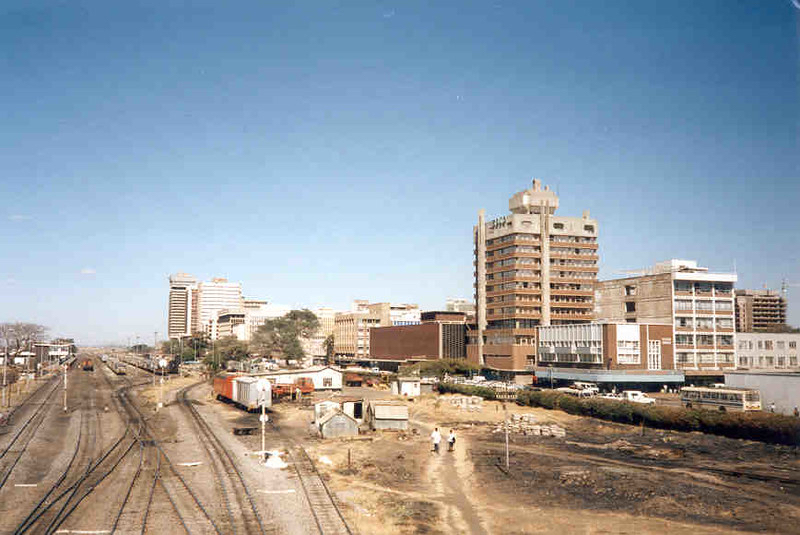 Zambia is quickly becoming one of sub-Saharan Africa’s most urbanized countries, but homelessness in Zambia is becoming increasingly prevalent.
Zambia is quickly becoming one of sub-Saharan Africa’s most urbanized countries, but homelessness in Zambia is becoming increasingly prevalent. 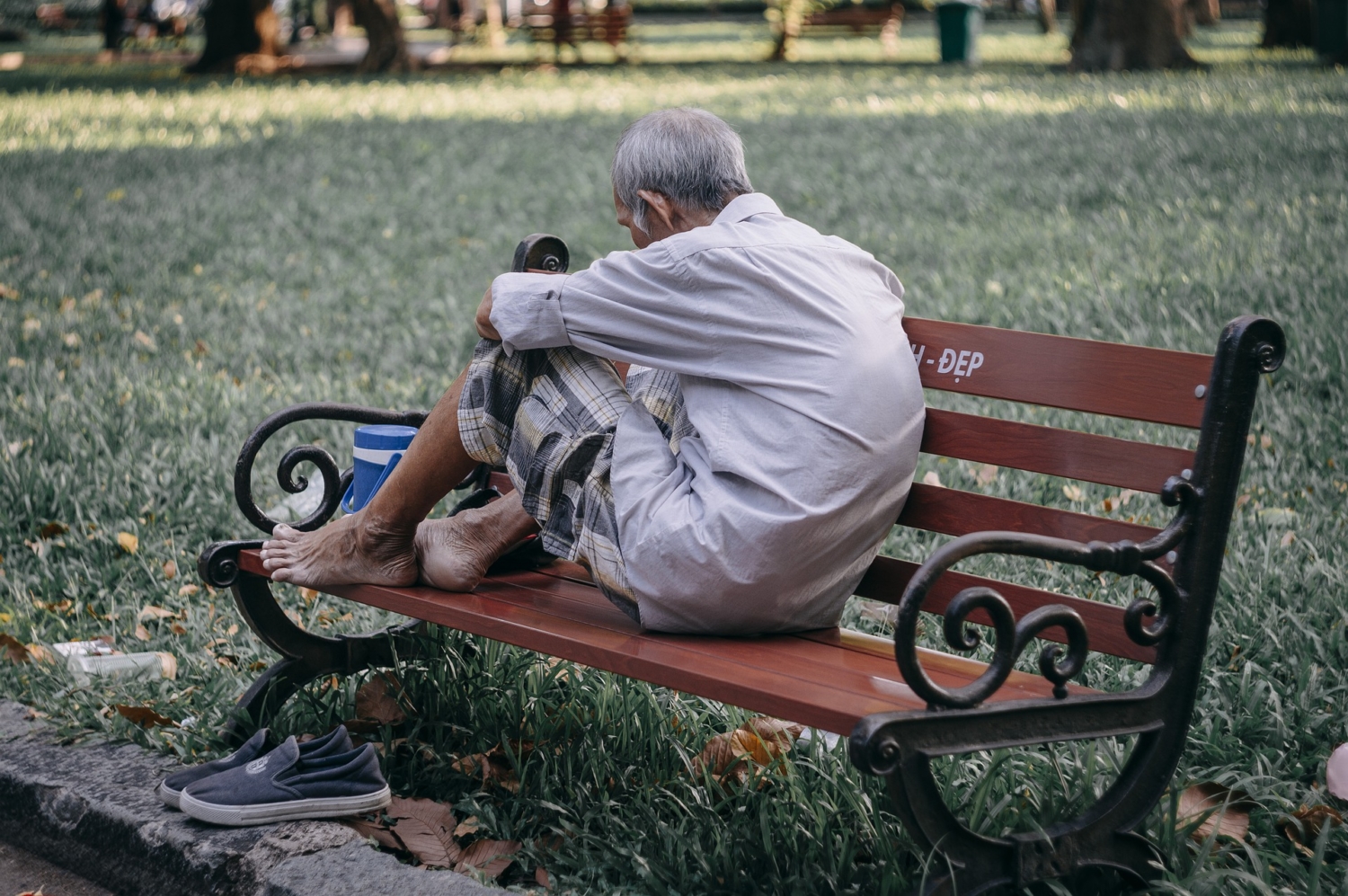 Nordic countries have been historically renowned for their social security and high living standards. They are seen as a safe haven and an aspirational goal among the international community. Norway is no exception, and a prime example of the exceptional Norwegian welfare state is the condition of homelessness. Here is everything you need to know about homelessness in Norway.
Nordic countries have been historically renowned for their social security and high living standards. They are seen as a safe haven and an aspirational goal among the international community. Norway is no exception, and a prime example of the exceptional Norwegian welfare state is the condition of homelessness. Here is everything you need to know about homelessness in Norway.